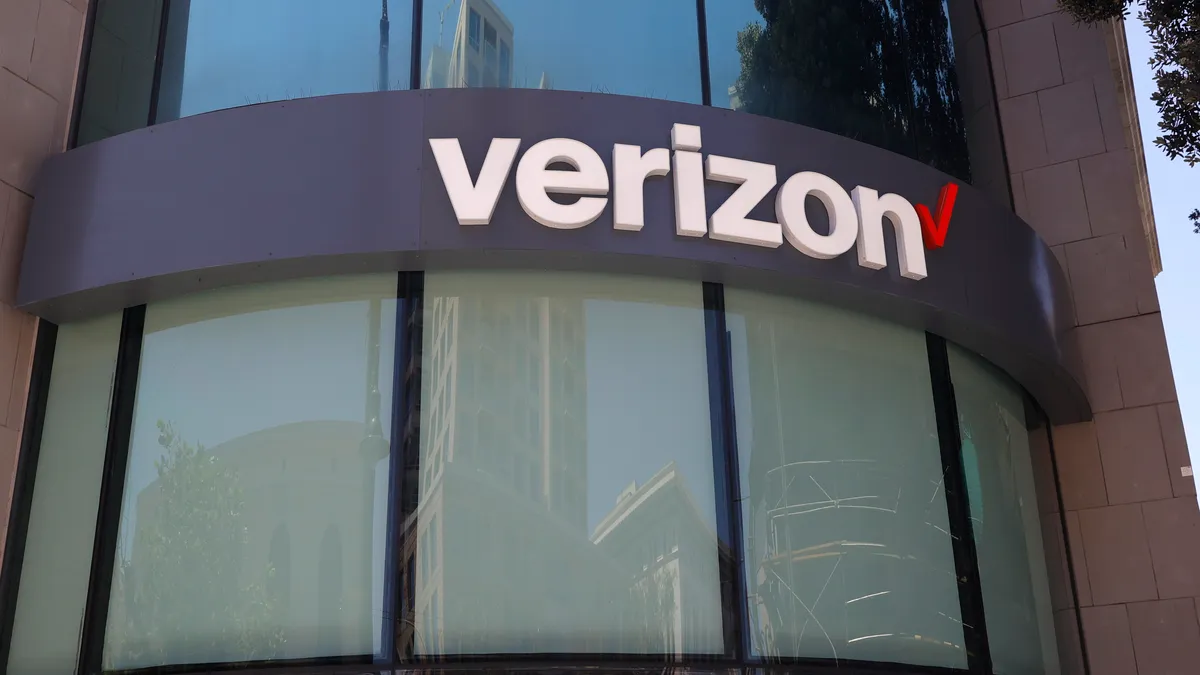It’s awkward, let’s face it. Paychecks are personal to begin with, but when faceless strangers legally siphon off a chunk of an employee’s hard-earned money, it’s difficult for the employee not to feel discouraged. But employees might be surprised to know that employers may be challenged by the process as well.
Wage garnishments are the proverbial Brussels sprouts of compliance.
While there are many types of wage garnishment, a general definition is a court order issued against an employee’s earnings for the purpose of satisfying a debt. Common categories of garnishments are child support payments (which accounted for 49% of wage garnishment in 2016), tax levies (19%), and bankruptcy orders (5%), with the remaining coming from student loans, wage assignments and creditor garnishments, according to 2017 data from ADP.
Employers aren’t typically excited about being cast as arbiters of their employees’ private struggles. But like it or not, they must bear the brunt of managing garnishments, which can often be an excruciating exercise in compliance gymnastics. While garnishments make the lives of creditors much easier, they can put a lot of stress on employees trying to settle their debts and businesses trying to comply with the court and agency-issued orders.
In fact, in the United States, one in 14 employees has a wage garnishment and 12% of those with a garnishment have more than one type. Companies of 5,000 or more generally tend to have proportionately higher rates of garnishments, particularly in the areas of tax levies and bankruptcies, although mid-sized companies (1,000 to 4,999 employees) see the most garnishments for child support. Similarly, garnishment rates were highest at mid-range wage levels, and the lowest among higher and lower earners.
If companies fail to comply with the withholding or other related obligations, they can be on the hook for costly penalties and fines. In fact, in some states, an employer can become liable to the creditor for the full amount of an employee’s judgment for issues such as not timely implementing a garnishment, not submitting a required response or not meeting one of the many other requirements of the garnishment.
Achieving compliance, as many companies know, is much easier said than done, especially when companies hinder themselves by using manual processes and disparate systems. For wage garnishments, the complexities continue to pile up, but there are ways that companies can address some of the most common challenges.
Reduce the paper shuffle by automating lien processing
There is no central governing body to help instill efficiencies when it comes to garnishments. There is the Office of Child Support Enforcement for child support garnishments, the IRS for federal tax levies, the Department of Education for student loans, and state laws and courts across the country each with their own rules for creditor garnishments. The list goes on.
What this means is companies are often inundated with orders and liens—a form of security interest granted over a line of property to secure payment of a debt—from all directions. Ensuring all orders, letters, notifications, and correspondence are properly separated and responded to can be a massive undertaking, especially when orders or documents are being sent to the local offices where employees are based rather than your corporate headquarters.
Companies can miss garnishment deadlines or make other missteps with a garnishment by the time notice letters and other correspondence such as releases and modifications are opened and routed to a central data-processing hub. To help ease this burden, companies need to consider ways to make their workflows and processes more systematic, so they can process information quickly, accurately and efficiently.
Mitigate risk and increase efficiencies with integrated systems
Another element of complexity when it comes to processing garnishments is that they are state-specific. While companies may be able to standardize response letters for child support, tax levies and student loans, a garnishment issued by an Alabama court may require a different response than one from Illinois.
There are many statutory requirements that not only say what data should be included in a required response (often known as an Answer of Garnishee) but for what time periods the data should be reported, when the answers need to be submitted, etc. This can be a huge struggle for companies that have employees in multiple states.
Additionally, an employer can have as little as five to seven days from when an order was received to file the required response. It takes an incredible amount of organization to keep the various applicable deadlines from careening off the tracks.
To stay on course and mitigate risk, companies can benefit from a wage garnishment solution that integrates directly with payroll, and helps HR track critical tasks and time-sensitive deadlines in real time. Quickly having the necessary information in one place helps ensure that there is no wild goose chase for paperwork.
Keep an eye on all the moving parts
Visibility into the entire garnishments process can be difficult as parts are typically handled by multiple departments. Yet businesses need full transparency into the entire garnishment process to stay informed and in control. To be better equipped to keep an eye on all the moving parts, it’s important to have a searchable lien history so you can quickly call-up necessary documents and process status updates to meet strict deadlines.
With this in mind, information should be available and transparent to both employers and employees. The end goal is to lose the administrative burden of wage garnishment but not the visibility into the process.
Don’t do it alone
This issue is a common one: Companies simply don’t always have the people on staff to handle employee concerns sensitively while dealing with paperwork that needs to be carefully reviewed and stored in a way that can be reasonably accessed for future reference.
If these documents don’t get to the right place in the right manner, delays can be costly and negatively impact your employees, and particularly with child support orders, your employees’ children. Even more, complicated requests can eat up precious time for team members who don’t have the institutional knowledge about how the garnishment should be handled.
By working with trusted advisors, companies can more quickly troubleshoot daily issues they face processing garnishments and gain valuable insights for managing compliance.
Some good news for wage garnishment was the approval of the Uniform Wage Garnishment Act in July 2016 by the Uniform Law Commission. This act contains provisions to benefit employees and create more uniformity among the various state laws that apply to creditor garnishments. But at the same time, state legislatures could enact this law or their modified versions of it, and, subsequently, companies will need to have systems in place that can help them better adhere to any future changing regulations.
Let’s face it: Wage garnishments are difficult and often frustrating, but they need to be taken seriously. Having a systemic, transparent process in place can help make it a lot easier to manage the day-to-day tasks as your company grows.
But remember — age garnishments can take an emotional toll on employees, who are counting on you to handle the situation quickly, accurately, securely and with care and compassion so they can focus on doing the work that will help your business grow and thrive.
Editor's note: This is a guest contribution from Julie Farraj, vice president of Garnishment Services for ADP Added Value Services.





















